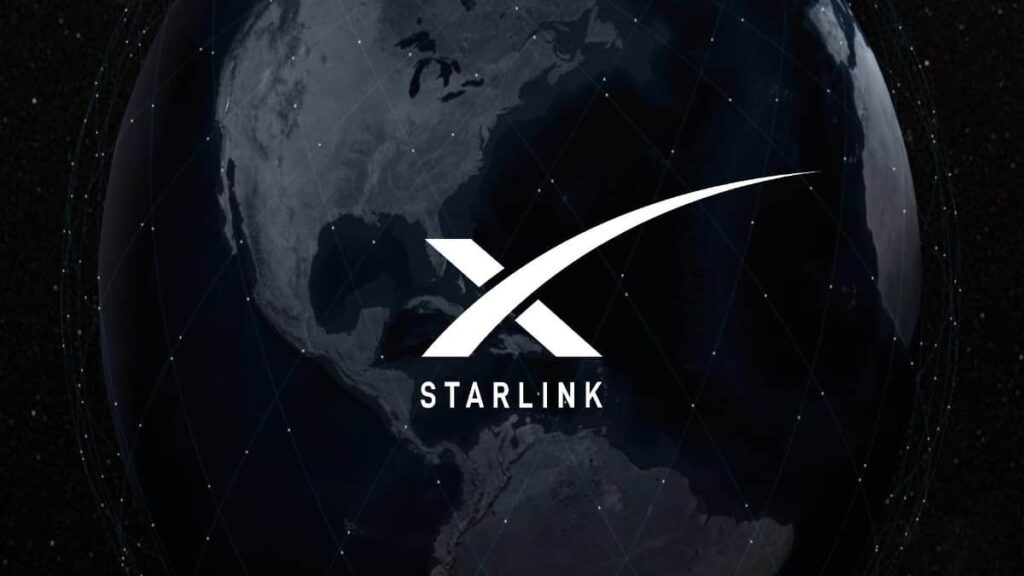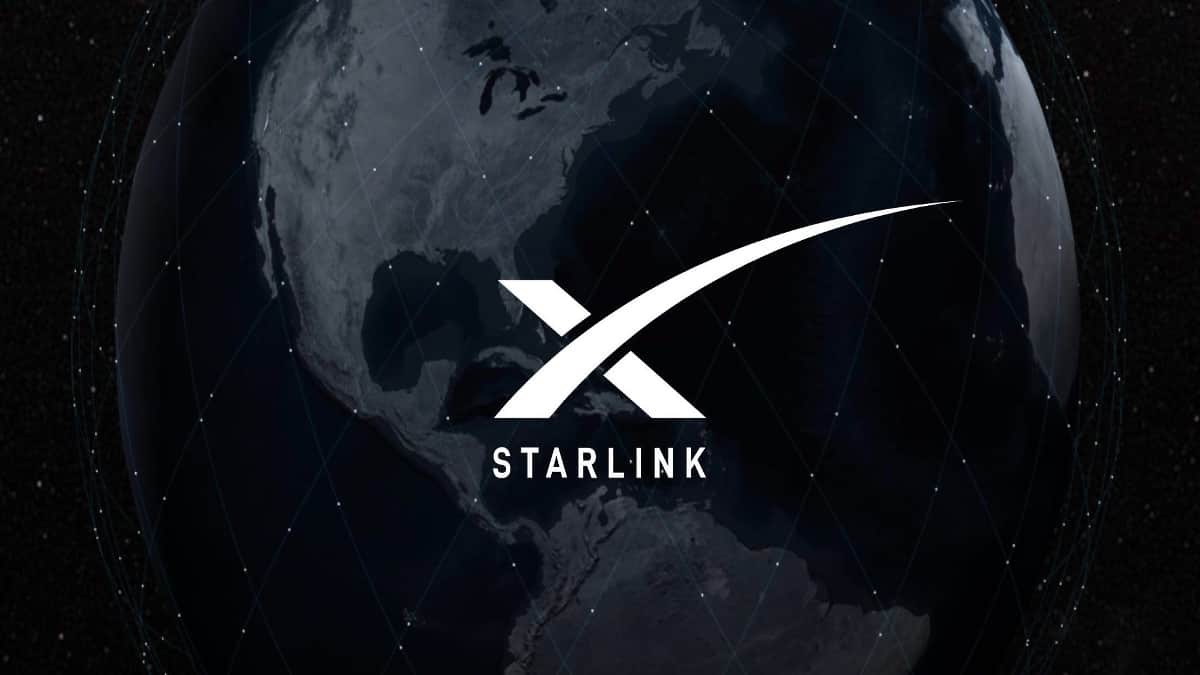China has taken a significant step in its quest to develop a near-global internet network to rival SpaceX’s Starlink, with the launch of the first batch of satellites for its own mega-constellation. The state-owned enterprise behind the project, Shanghai Spacecom Satellite Technology (SSST), conducted the launch at the Taiyuan Satellite Launch Centre in Shanxi province, according to a report by the China Securities Journal.
This launch is part of Beijing’s broader strategic goal to create a counterpart to Starlink, a commercial broadband constellation operated by Elon Musk’s SpaceX, which currently has around 5,500 satellites in orbit. Starlink’s network is already in use by consumers, companies, and government agencies across the United States and beyond.
The competition to dominate low-Earth orbit (LEO) has both commercial and military implications, as these satellite constellations are not only pivotal for global internet coverage but also have the potential to shift the balance of power in international conflicts. Over the past two years, Chinese military researchers have closely monitored Starlink’s deployment in the war in Ukraine, warning about the risks it could pose to China in a potential military conflict with the United States. An op-ed published in a People’s Liberation Army (PLA) outlet in January described Starlink as a “serious threat to the security of space assets of various countries.”

SSST’s project, known as the “Thousand Sails Constellation” or the “G60 Starlink Plan,” began last year and aims to deploy over 15,000 LEO satellites. These satellites, which typically operate at altitudes between 300km and 2,000km, are advantageous due to their lower cost and more efficient transmission capabilities compared to satellites in higher orbits.
The “Thousand Sails Constellation” is just one of three ambitious “ten-thousand-star constellation” plans that China is pursuing to close the gap with SpaceX. SSST has set a goal of launching 108 satellites this year, 648 by the end of 2025, and achieving global network coverage by 2027. The company aims to deploy the full 15,000 satellites by 2030.
As Starlink continues to expand its user base in the US and plans to add tens of thousands more satellites, China’s efforts to develop its own mega-constellation reflect the growing importance of space-based internet networks in both commercial and geopolitical arenas.





